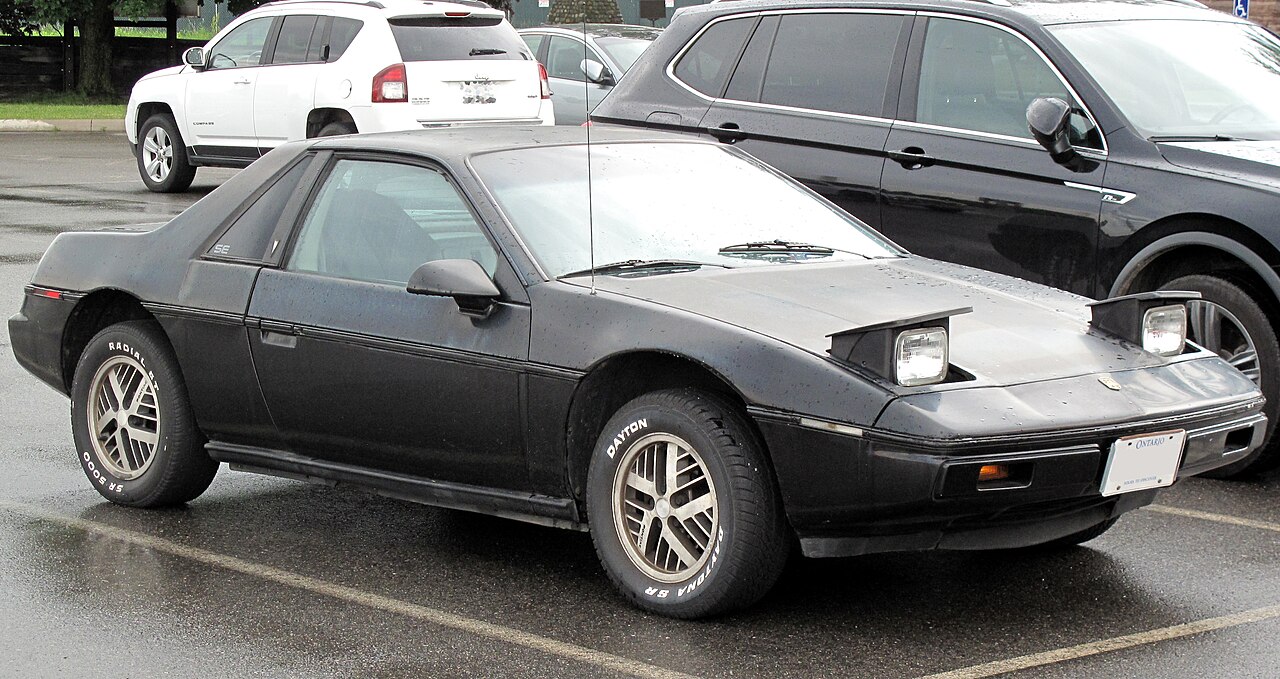When it comes to cars, we’ve come a long way from the horse and buggy. Technological advancements have redefined the way we travel with features that add convenience, enhance performance, and improve safety. But not all car features were created equal.
Some of them may have been groundbreaking back in their day, but from today’s perspective, they appear cumbersome, inconvenient, or downright hazardous. Let’s take a nostalgic, yet critical look at some classic car features that are no longer around.
Bench Seats

Bench seats, once a standard feature in many cars, have largely been replaced by bucket seats. This change is not without good reason. Bench seats may have offered a sense of closeness, but they lacked the individual comfort and support provided by bucket seats.
In terms of safety, bench seats fall short by modern standards. They typically came with a single, shared seatbelt, which drastically reduced their safety effectiveness. Bucket seats, on the other hand, are designed with individual seatbelts, promoting better passenger safety.
Cassette Players

Cassette players were once the height of in-car entertainment. Many of us have fond memories of fumbling with cassette tapes on road trips, flipping them over to play the other side, or using a pencil to wind a loose tape back into its case.
However, with the advent of CD players, MP3s, and now streaming services, cassette players have become obsolete. They take up valuable dashboard real estate and can’t compete with the sound quality and convenience of modern audio systems.
Manual Window Cranks

Manual window cranks are another car feature that has been largely replaced by powered alternatives. While some may argue that they add character to a car, they can also be a source of frustration and inconvenience.
Having to reach across the car to wind down a passenger window, or having to park to safely wind down your own window, can be a nuisance. Power windows, which are now standard in most cars, offer a much more convenient solution.
Ashtrays and Cigarette Lighters

Ashtrays and cigarette lighters were once common car features, but as attitudes towards smoking have shifted, so too have car designs. Not only do these features promote a habit that is harmful to health, but they also pose a safety risk.
Flicking ash out of the car or accidentally dropping a lit cigarette could lead to dangerous situations on the road. Car manufacturers have rightly recognized this and have phased out these features in favor of more practical and safer alternatives like USB ports and cup holders.
Pop-Up Headlights

Pop-up headlights were a popular design feature in the 70s and 80s, seen on many sports cars of the era. While they may have added to the car’s aesthetic appeal, they were not without their problems.
They were prone to mechanical issues, and if a bulb blew while the headlights were in the down position, changing it could be a complicated task. Furthermore, they presented pedestrian safety concerns, as the protruding lights could cause additional injury in the event of a collision.
Vent Windows

Vent windows, also known as wing windows, were small, triangular windows in the front doors of cars. They were manually operated and could be swung out to allow for ventilation.
However, they were a weak point in the car’s security, as they could be easily broken or forced open. They also contributed to wind noise and were less efficient than modern air conditioning systems.
Metal Dashboards

Metal dashboards may have a certain vintage charm, but they are a safety hazard. In the event of a collision, they could cause serious injury.
Today’s dashboards are made from softer materials and are designed to absorb impact, protecting the occupants of the car. This is one feature that we’ve definitely improved upon over the years.
Carburetors

Before fuel injection systems became commonplace, cars used carburetors to mix air and fuel. However, carburetors are less efficient and more difficult to maintain than modern fuel injection systems.
They are also more susceptible to weather conditions, with cold weather sometimes causing the car to stall. Fuel injection systems are a much more reliable and efficient method of fuel delivery.
Column-Mounted Shifter

Column-mounted shifters, or “three-on-the-tree” shifters, were once a common feature in cars. The shifter was mounted on the steering column, freeing up space in the center of the car.
However, they were often difficult to operate, and the linkage could wear out over time, leading to problems with shifting gears. The center-console-mounted shifters we use today are more intuitive to use and less prone to mechanical issues.
Non-Collapsible Steering Columns

Early cars were equipped with rigid, non-collapsible steering columns. In a collision, these could impale the driver, causing serious or fatal injuries.
Thankfully, car manufacturers quickly recognized this risk and introduced collapsible steering columns, which absorb impact and crumple in a controlled manner in the event of a crash. This safety innovation has undoubtedly saved countless lives over the years.

